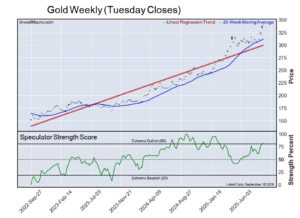NFIB’s Small Business Optimism Index rose 0.8 points to 90.5 in May, beating market expectations for a flat reading of 89.7.
Half of the ten subcomponents improved on the month, three deteriorated, and two remained unchanged. The improving categories included expectations for the economy to improve (up 7 point to -30%), expectations for credit conditions to ease (up 2 points to -7%), and plans for capital expenditures in the next six months (up 1 point to 23%). The declining categories were related to the net share of firms reporting higher current and expected earnings, with the former down 3 points to -30% and the latter down 1 point to -13%.
The net share of businesses planning to increase employment increased for a second consecutive month, rising by 3 points to 15%. The share of firms with unfilled job openings rose 2 points to 42%. Quality of labor concerns edged higher with 20% of business owners identifying this as their top business problem, but it continued to come second to inflation concerns which were unchanged in May.
The net share of firms currently increasing employee compensation fell 1 point to 37%, while the net share planning to do so over the next three months fell 3 points to 18%. The share of businesses ‘raising’ average selling prices was unchanged at 25% while the share of those ‘planning’ to raise average selling prices rose 2 points to 28%.
Key Implications
Small business confidence improved for a second consecutive month in May, driven by increases in hiring and capital expenditure intentions. A modest plurality of small businesses continue to report that now is a good time to expand, and sentiment about the economic outlook has improved by 20 points over the past year. However, tight credit conditions continue to weigh on small business sentiment.
Despite lingering tightness in the labor market, wage pressures among small businesses eased in May. The net share of firms currently raising compensation is back around the upper bound of the pre-pandemic level, with the net share of firms raising prices following a similar trend. This should help to normalize inflation pressures over time. We won’t have to wait long to see how May’s sentiment may have translated to prices, with May’s Consumer Price Index report coming tomorrow, followed by the Federal Reserve’s policy decision later in the day.









